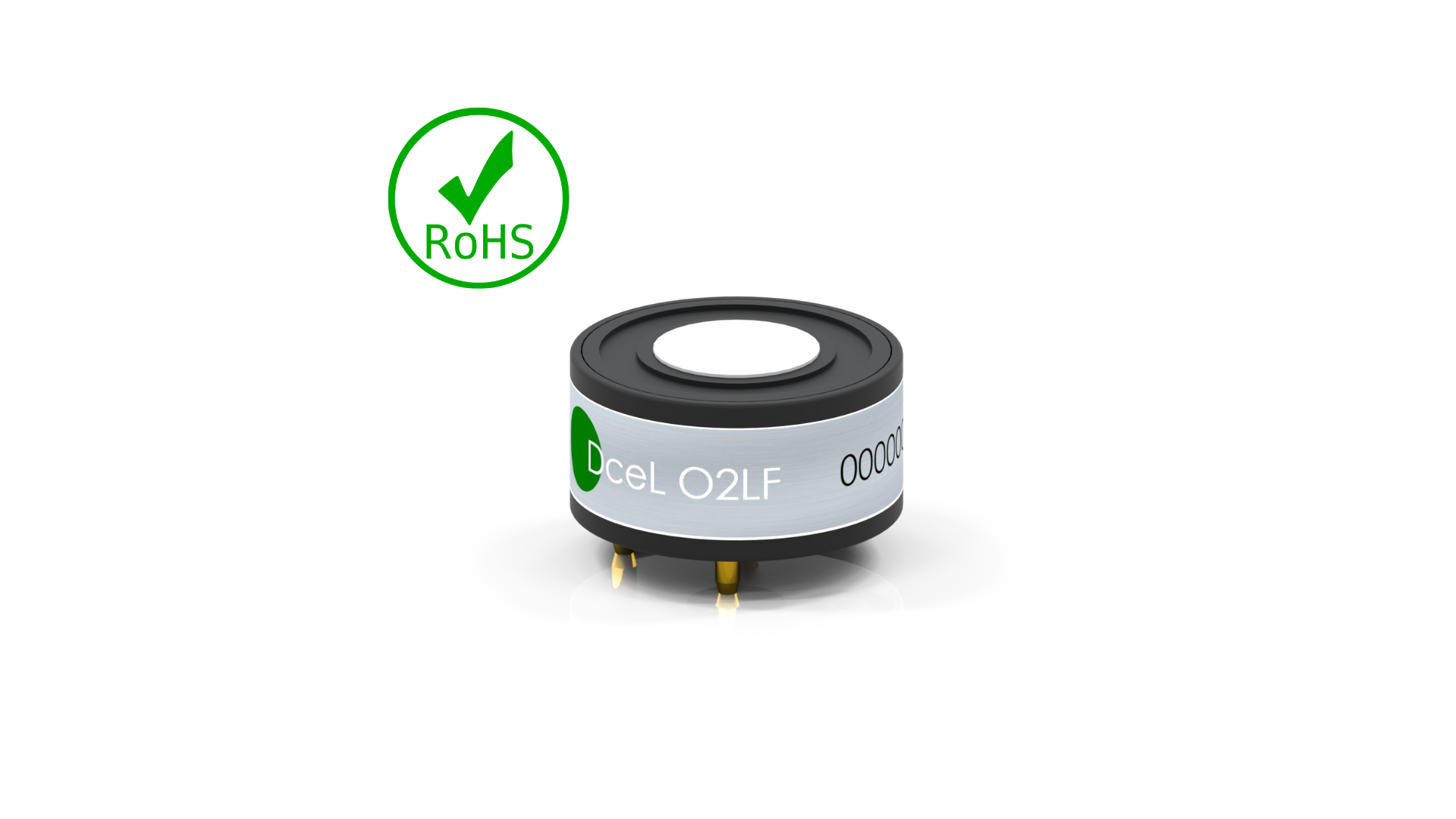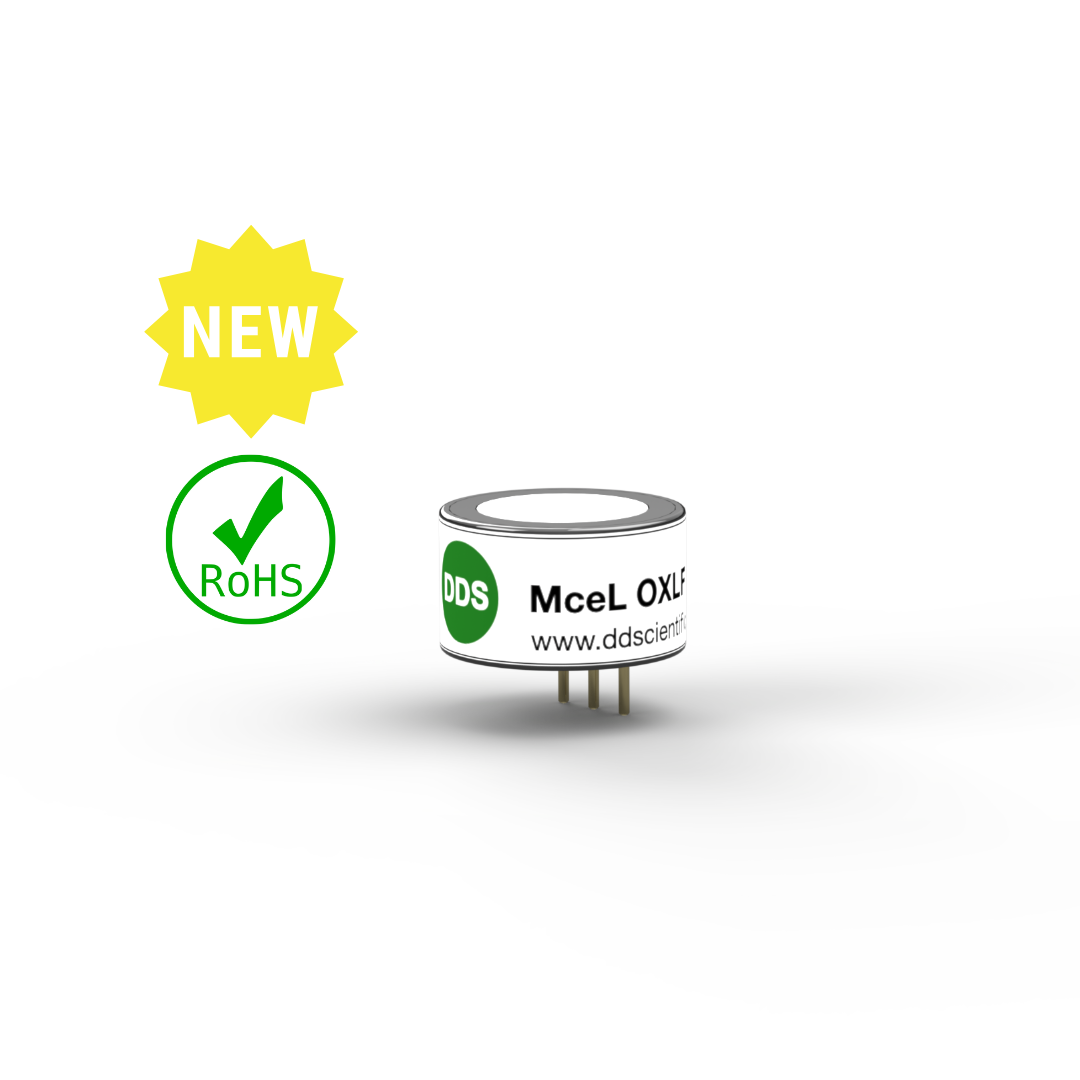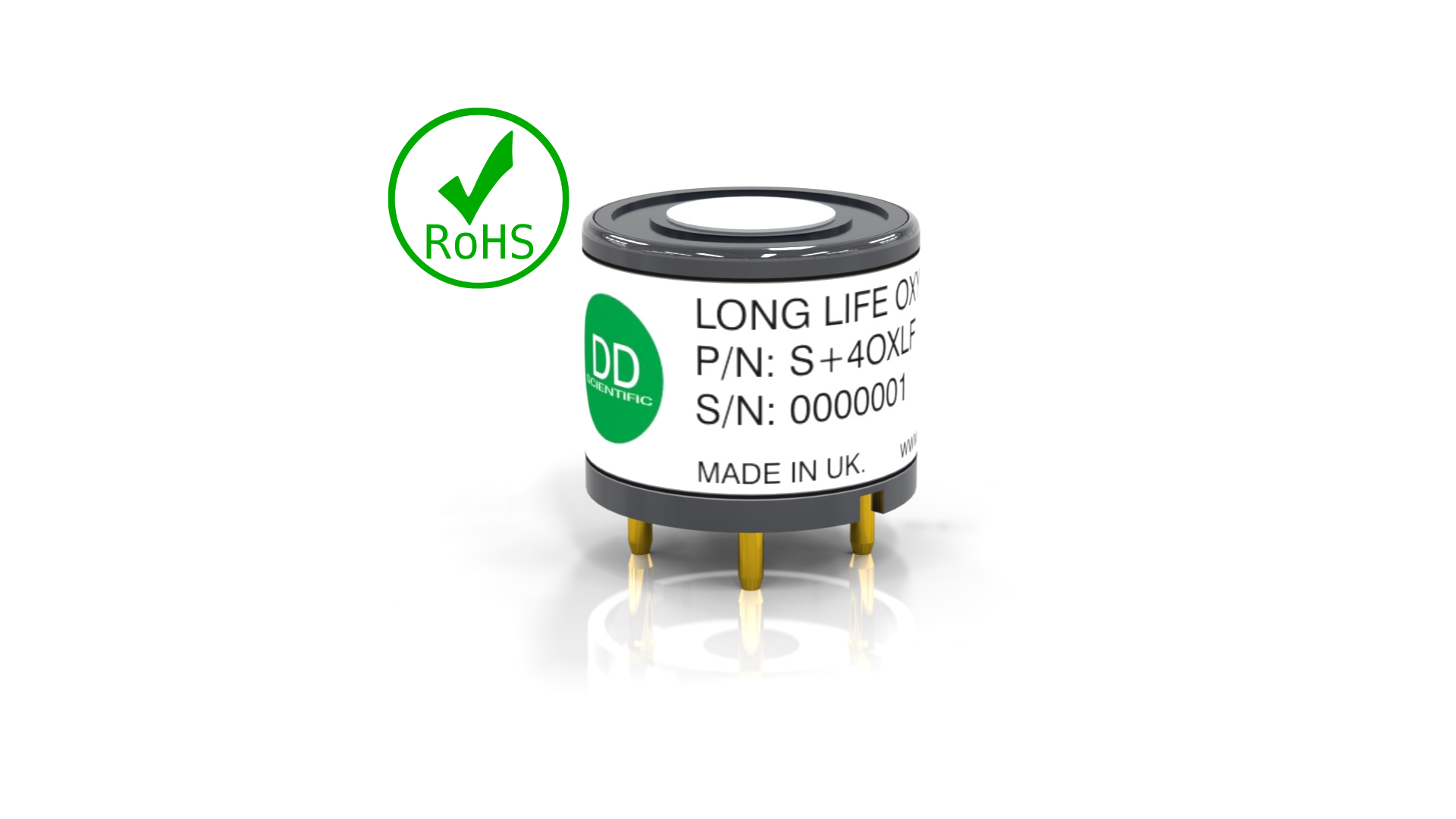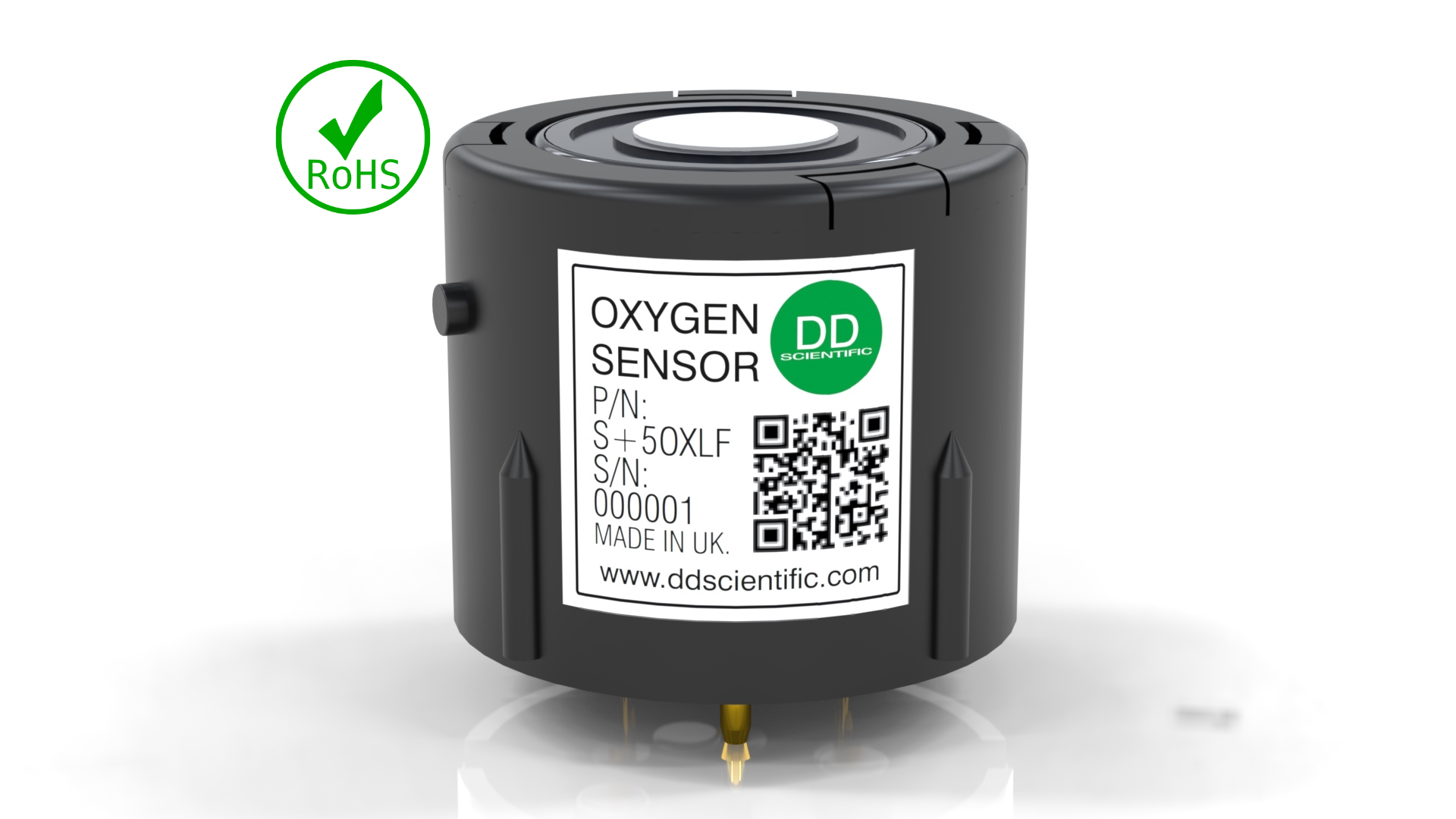
Lead-free Oxygen (O2) Sensors
DD-Scientific manufacture a range of lead-free electrochemical gas sensors for monitoring Oxygen(O2) levels.
- Our lead-free sensors are RoHS compliant, future-proofing our customers instruments against the upcoming ban on the use of lead in electrochemical sensors.
- DDS lead-free sensors have a working life of 5+ years - negating the need for 2 or 3-year device maintenance.
- Our lead-free sensors have best-in-class response times and are resilient to challenging environments.
- We are glad to provide comprehensive technical support to customers who are switching from lead to lead-free sensors.
⚠️ Learn more about the potential dangers of Oxygen (O2).
🔍 Use the filters below to select your preferred sensor.
What are the potential hazards associated with Oxygen (O2)?
Key gas hazards associated with oxygen include:
Increases the risk of fire and combustion. Accelerates ignition and spread of fires, especially in confined spaces.
Occurs in poorly ventilated areas or confined spaces. Can lead to asphyxiation, dizziness, loss of consciousness, and death.
Results from exposure to high concentrations of oxygen. Can cause respiratory issues, vision changes, convulsions, and neurological symptoms. Addressing these hazards requires monitoring oxygen levels, ensuring proper ventilation, and providing adequate training on safety protocols.
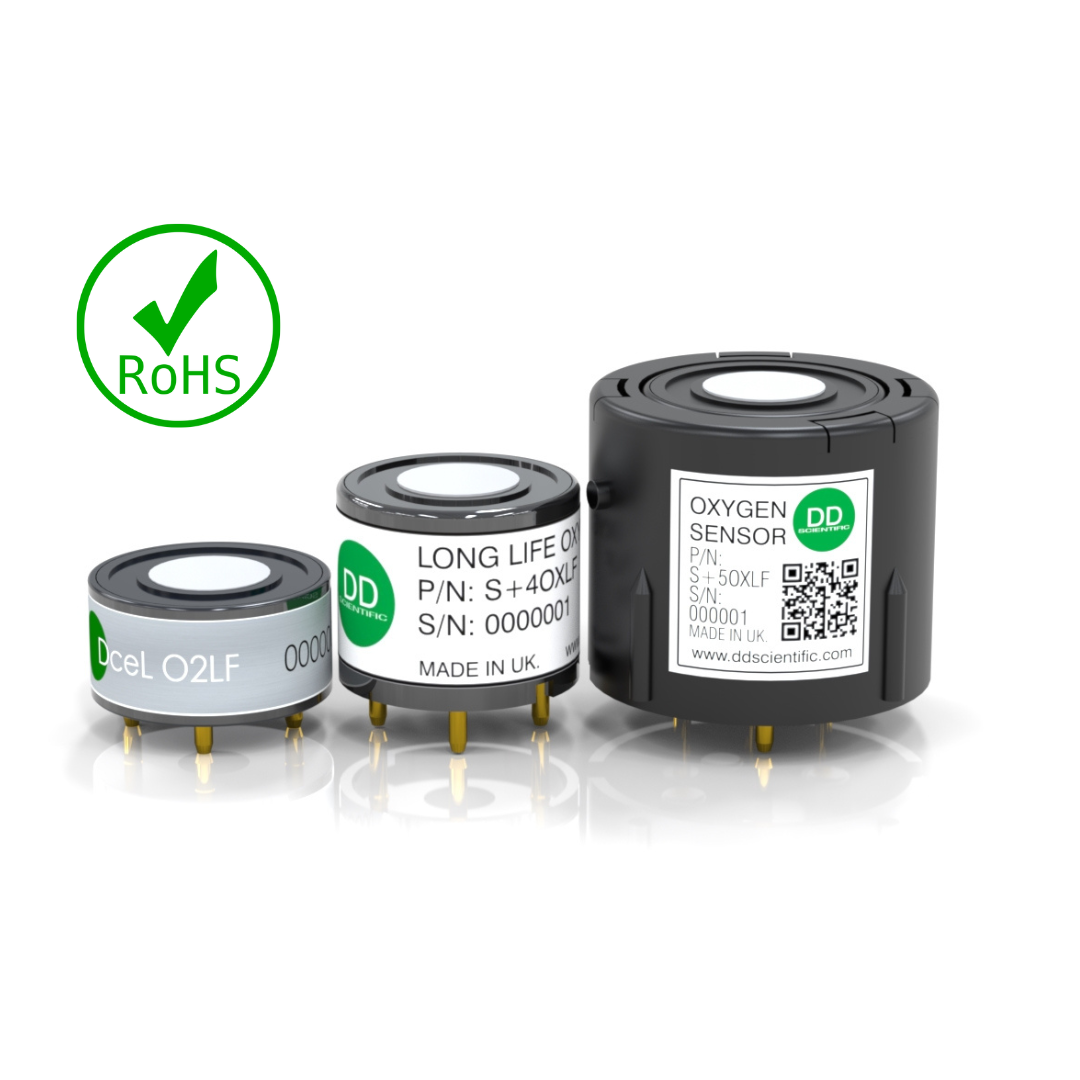
Make the switch to Lead-free O2 with DD-Scientific
Whether you are integrating lead-free O2 sensors into a new product or looking to upgrade a legacy device, DD-Scientific are here to help.
As with any the adoption of any new technology, switching to lead-free can be challenging for OEMs. We work hard to make it as easy as possible for our customers and have worked with many OEMs to successfully incorporate lead-free O2 sensors into both new and existing instrument designs.
Lead-free O2 sensors require a different approach to PCB design and instrument operation compared to traditional lead-based O2 sensors. Our experience has proven that the transition is often not as difficult as OEMs anticipate and provides numerous benefits both to manufacturer and end-user.
If you are looking to integrate lead-free sensors into your instrument we will be happy to share our experience and provide both technical and electronics design support.


